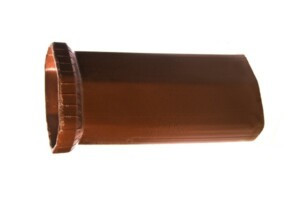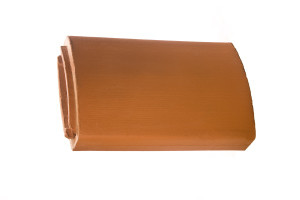Terracotta Coping
Terracotta wall coping refers to a type of architectural element used to cap or finish the top of a wall. "Coping" is the term used for the protective or decorative cover on the top of a wall, often designed to prevent moisture from penetrating the wall and to enhance its aesthetic appeal. Terracotta, in this context, refers to a type of fired clay material that is commonly used in architectural applications.
Key characteristics of terracotta wall coping include:
-
Material: Terracotta is a type of clay-based ceramic material that is kiln-fired to create a hard, durable, and weather-resistant product. Terracotta is known for its earthy reddish-brown color, although it can be found in various shades.
-
Design and Profile: Terracotta wall coping comes in a variety of designs and profiles. The profile refers to the shape or cross-section of the coping, which can vary from simple flat designs to more elaborate curved or sloped configurations.
-
Functionality: The primary function of terracotta wall coping is to protect the top of the wall from the elements, especially water. Coping helps prevent water from seeping into the masonry below, which can cause damage over time. Additionally, coping can provide a finished and aesthetically pleasing appearance to the wall.
-
Installation: Terracotta wall coping is typically installed on top of parapet walls, garden walls, or any other type of masonry wall that requires protection and a decorative finish. It is often set in mortar to create a secure and weather-resistant seal.
-
Customization: Terracotta coping can be customized to suit the specific architectural style of a building. This may include different shapes, sizes, and surface finishes to match the overall design.
-
Durability: Terracotta is known for its durability and resistance to weathering. When properly installed and maintained, terracotta wall coping can provide long-lasting protection and aesthetic appeal.
Terracotta wall coping is commonly used in both historical and contemporary architectural designs. Its timeless and versatile nature makes it a popular choice for adding a finishing touch to various types of walls while providing functional benefits.





